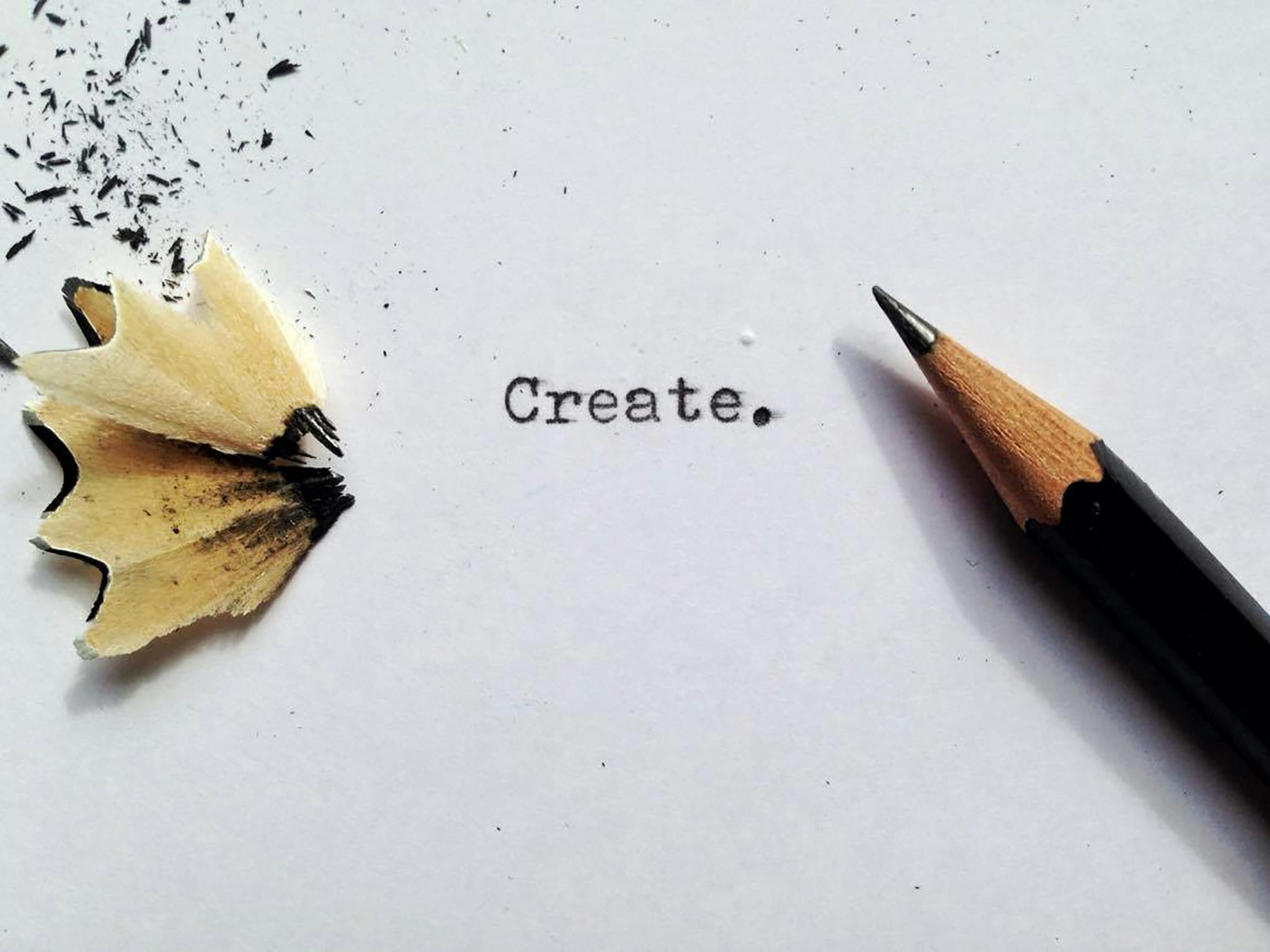Niobium is a valuable metal that is ductile and hard to work with. It is readily hand-formed, dapped, chased, and forged. It has about a third the density of gold, twice that of titanium, and 10% that of iron. Cold processing, such as rolling, drawing, forging, and swaging, may decrease Niobium to 90% before annealing. In specific processes, annealing is not required, and reduction is infinite.
Techniques for dealing with Niobium, specific considerations for the metal, and recommendations for optimal results: Get to know how professionals work using Niobium wires and how Niobium is made in factories.
: Drilling
Standard high-speed steel drills work well. To avoid undersized drilling holes, the drill's periphery lands should be examined often. Extended bit life with cooling and lubricating
: Machining
Niobium, which acts like soft copper, may be machined. Because the metal is prone to galling, lubrication and tool design are critical, various lubricants can be used. However, a chlorotrifluoroethylene telomere combination is one of the most effective.
: Thread Cutting
To avoid galling and tearing, use standard thread cutting methods with adequate lubrication. Cut the threads on a lathe rather than a threading die. When dies or taps are used, they must be maintained free of chips and cleaned regularly. Rolled threads are a great alternative.
: Grinding
Grinding Niobium is tough. Using silicon carbide wheels is ideal, although rubber impregnated Cratex-type wheels also perform well. Ample cooling water is advised.
: Cleaning
The metal must be clean before annealing, joining, or anodizing. Niobium interacts with typical pollutants, including oil, grease, and degreasing residues. Parts should be degreased in hydrocarbons or alkaline cleansers and washed in distilled or deionized water. Parts may be kept in water to prevent contamination.
: Forming and Stamping
Stamping tools may be made of beryllium copper, aluminium bronze, or steel. The methods utilized for stamping steel are sufficient. To avoid galling, polish tools. Use light oils or comparable lubricants and strippers if necessary.
: Deep Drawing
Aluminized copper, aluminium bronzes, and steel may be drawn. When the depth of the interest does not surpass the blank's diameter, single draws are fast. If more than one draw is needed, the first should be more profound than 40% of the blank's diameter. Vacuum annealing between draws may be beneficial. A lubricant that works well is sulfonated tallow.
: Spinning
Niobium may be spun using wood formers and steel roller wheels with a lubricant like sulfonated tallow. Spinning should always be done at room temperature. Beryllium copper, Narita, or aluminium bronzes are also acceptable for tooling.
Niobium wire may be completed mechanically or by hand. Hand finishing may continue as with any other metal. ZAM and Fabuluster polishing chemicals work nicely. A high polish may be obtained with a white diamond. Use gentle mops and low pressures, and let the compound do the job. Sandblasted, bead-blasted and scratch-brushed surfaces create intriguing contrasts.
Brushes and other cathodic applicators may apply the anodic coating. You may use screen-printing, paint, or resistive tape to mask. Colours may be protected by inlay or overlay Niobium wire.
Currently, there seems to be no method to preserve these thin coatings. Colours are dependent on the transparent oxide's high refractive index, and coatings tend to diminish them. Usually, this is not an issue since many items are created as cheap jewellery with little expectation of long-term usage.



0 Comments